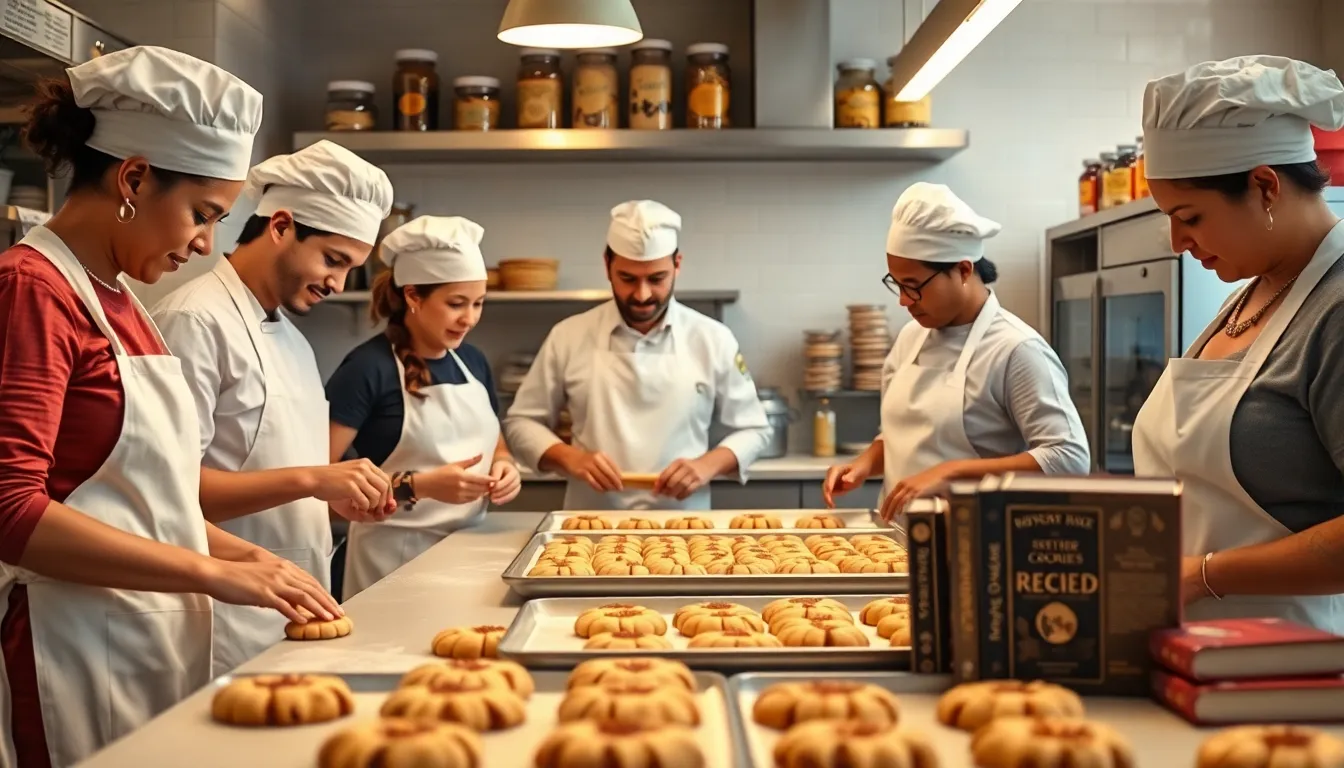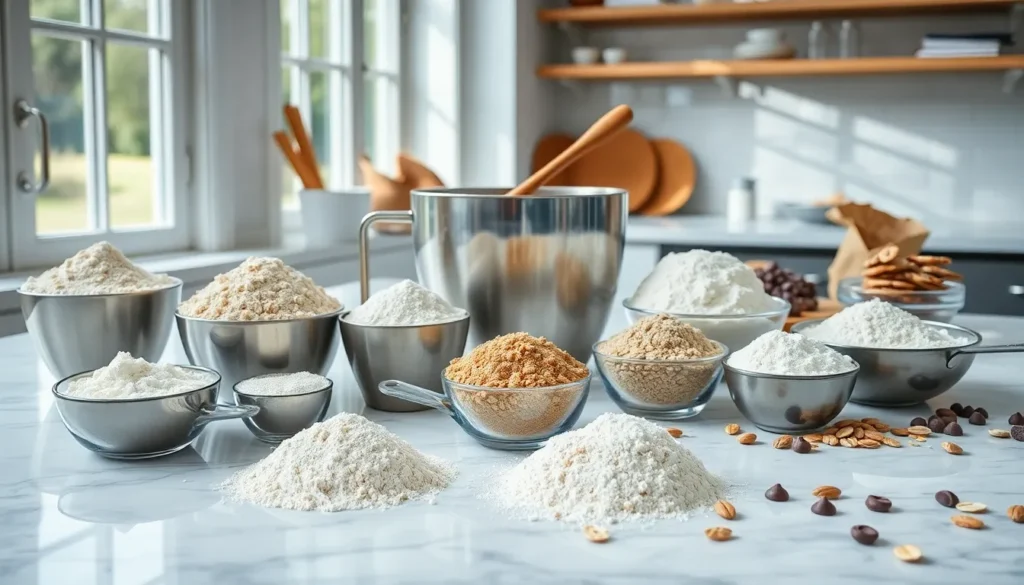Table of Contents
ToggleEver wondered where the delightful world of cookies began? It’s a sweet journey filled with flavors and textures, sprinkled with a bit of history. Cookies are more than just a quick snack: they’re little bites of love and nostalgia. In this text, you’ll discover the fascinating story behind cookies, get insights into the essential role that flour plays in creating these treats, and learn techniques that will have your friends begging for your recipes. So grab your apron and preheat your oven, it’s time to investigate into the world of cookies.
The History of Cookies

Origins of Cookies
You might be surprised to learn that cookies date back to the 7th century AD, originating from Persia, which is modern-day Iran. At that time, they were a simple mix of sugar and flour, baked to create small snackable treats. As they spread across Europe, particularly during the Middle Ages, they transformed significantly. Sugar became more accessible, and bakers began experimenting with spices, nuts, and fruits, giving birth to a variety of cookies that mirror regional flavors.
Evolution Through the Ages
Fast forward to the 17th century, and cookies were firmly established in European cuisine. With the advent of technology like the oven and better measurement tools, bakers refined their methods. The beloved chocolate chip cookie made its debut in the 1930s, courtesy of Ruth Wakefield at the Toll House Inn. Who could have guessed that a little bit of chocolate could change the cookie landscape forever? Today, cookies embody creativity, each generation adding their twist, making them a cherished staple in homes around the world.
The Role of Flour in Cookie Baking
Types of Flour for Cookies
Flour isn’t just flour when it comes to cookies. Each type offers a distinct contribution to the final texture and flavor. All-purpose flour is the classic choice, balancing strength and tenderness, but experimenting with cake flour can create softer cookies, while bread flour yields a chewier texture. Even whole wheat flour brings a nutty flavor profile that some cookie enthusiasts adore.
Understanding Gluten and Texture
Gluten, the protein found in wheat, plays a pivotal role in cookie texture. The way flour is mixed and the liquid ratios determine gluten development. For cookies, low gluten levels are desirable as they create that melt-in-your-mouth experience we all crave. Finding the right balance can mean the difference between a dry cookie and an irresistible one.
Tips for Choosing the Right Flour
Specialty Flours and Their Benefits
For the adventurous baker, specialty flours are a treasure trove waiting to enhance your cookie game. Almond flour adds moisture and a sweet, nutty flavor, perfect for delicate cookies. Coconut flour offers a gluten-free option with its unique taste profile, while oat flour can add a beautiful texture. Remember, specialty flours absorb moisture differently, so adjustments may be necessary.
Blending Flours for Perfection
Don’t hesitate to mix different flours. Combining all-purpose with almond or oat can provide the structure of classic cookies while introducing delightful flavors and textures. The blending process encourages creativity and a personalized touch to each batch.
Substituting Flour: Alternatives and Considerations
Popular Cookie Recipes Featuring Various Flours
The world of gluten-free baking is expanding, and you don’t have to miss out. Using alternatives like chickpea or almond flour opens a realm of delicious possibilities. Chickpea flour, for instance, brings a protein-rich element, ideal for cookies that are both nutritious and tasty.
Classic Chocolate Chip Cookies
Everyone loves a classic, right? A basic chocolate chip cookie recipe can easily adapt to include any flour. Replace all-purpose flour with almond flour for a richer taste or try oat flour for a more wholesome cookie. Each variation maintains the foundational joys while offering something unique.
Gluten-Free Oatmeal Raisin Cookies
For those who need a gluten-free option, oatmeal raisin cookies made with certified gluten-free oat flour are a crowd-pleaser. These cookies remain chewy and hearty, proving that dietary restrictions don’t have to mean sacrificing flavor.
Baking Techniques for Perfect Cookies
Mixing and Preparing Dough
The art of cookie baking begins with mixing. For a perfect dough, cream butter and sugar thoroughly before introducing flour. This ensures a light, airy texture. Each ingredient has a role. Brown sugar adds moisture, while granulated sugar provides structure. Don’t skip the chilling step. Resting the dough cools the butter, preventing excessive spreading during baking.
Baking Temperatures and Times
Oven temperatures can make or break your cookies. Most recipes call for a range from 350°F to 375°F. It’s crucial to preheat your oven properly to achieve even baking. Keep an eye on your cookies: they often look undercooked when they’re actually perfect. Trust your instincts, and use that golden-brown hue as your guide.







